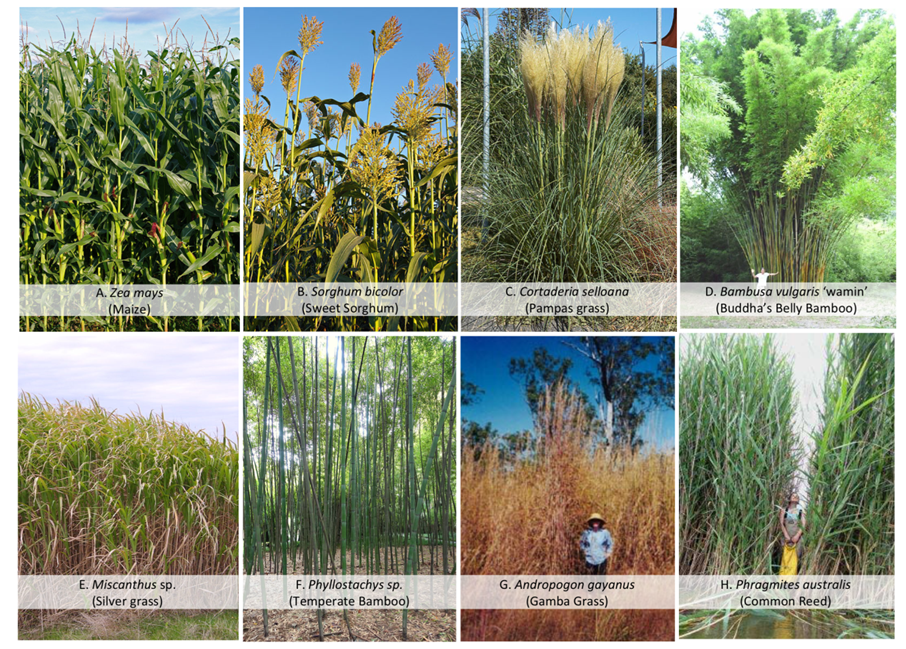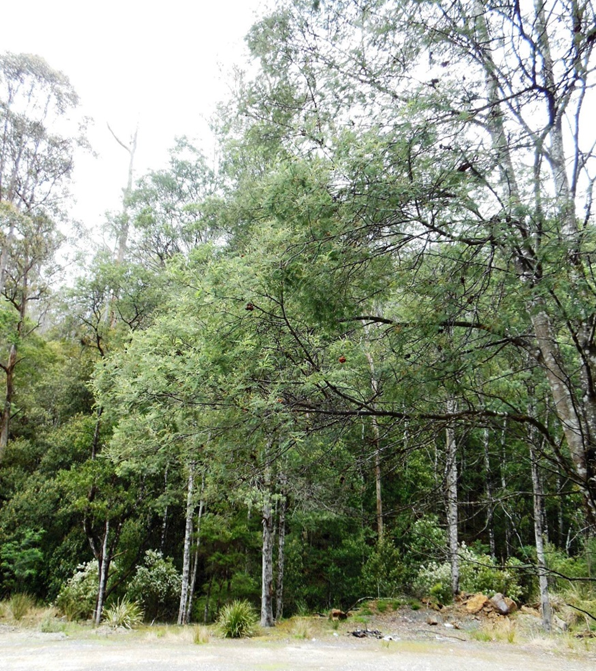Accounting for commonness and rarity of species in turnover to understand biological invasions
Understanding how patterns of species turnover differ between alien and native communities while accounting for species rarity and commonness unveils potential context-dependent mechanisms of invasion.





